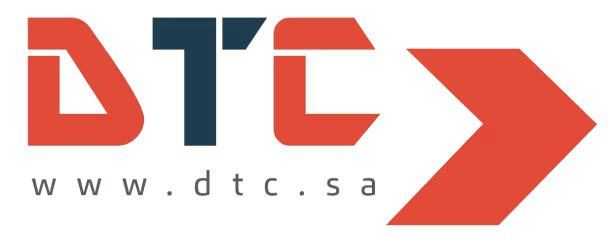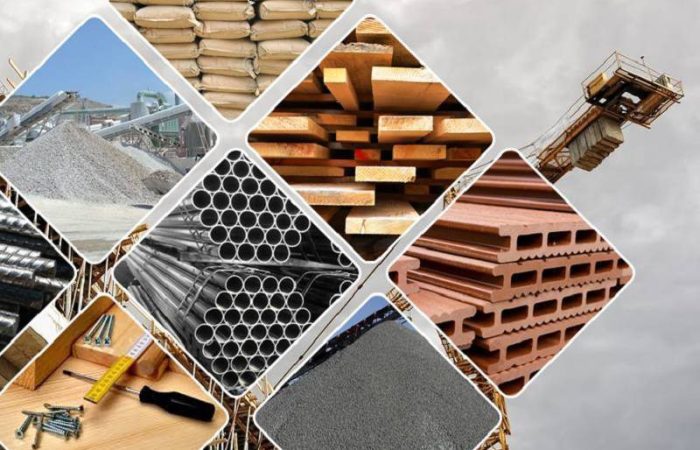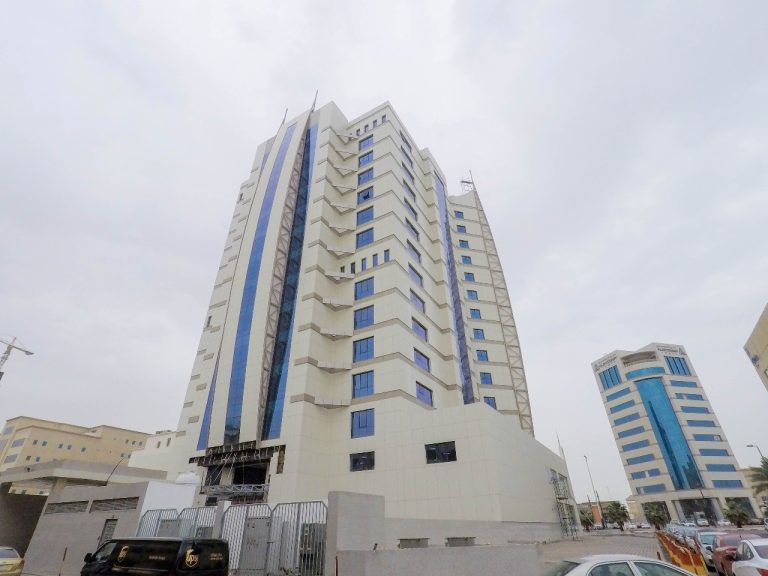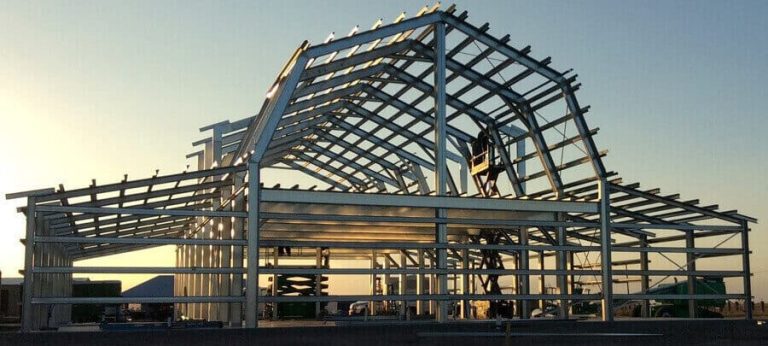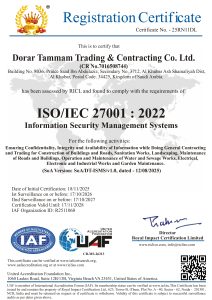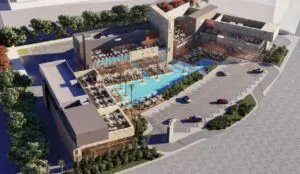Innovative Construction Materials Used in Saudi Arabia
The construction sector in the Kingdom of Saudi Arabia is entering a new era of transformation driven by digital innovation, sustainability goals, and the rapid expansion of national megaprojects. Guided by the objectives of Saudi Vision 2030, the Kingdom is adopting advanced construction technologies and modern building materials that enhance durability, cost-efficiency, environmental responsibility, and project delivery speed.
With unprecedented growth in commercial, industrial, residential, and public infrastructure projects—including NEOM, Qiddiya, Diriyah Gate, King Salman Park, The Red Sea Project, Amaala, and large-scale industrial zones—Saudi Arabia has become a global hub of modern construction development. This rapid expansion has necessitated the use of enhanced building materials capable of meeting the demands of harsh climatic conditions, sustainability requirements, and increasingly complex architectural designs.
This article provides a detailed and formal overview of innovative construction materials used in Saudi Arabia, their benefits, applications, and strategic role in the Kingdom’s evolving construction landscape.
1. High-Performance Concrete (HPC)
Introduction to HPC
Concrete remains the backbone of structural development worldwide. However, traditional concrete mixtures often fail to meet the performance requirements imposed by Saudi Arabia’s hot climate, significant temperature fluctuations, and high exposure to humidity and seawater in coastal regions. As a result, High-Performance Concrete (HPC) has become widely implemented across strategic national projects.
Technical Characteristics
HPC offers enhanced material performance through:
-
Increased compressive and flexural strength
-
Improved durability and cracking resistance
-
Lower permeability and reduced chloride penetration
-
Better resistance to carbonation and sulfate attack
These characteristics significantly improve concrete longevity, especially in environments prone to corrosion such as industrial areas and marine structures.
Typical Applications in the Kingdom
HPC is commonly utilized in:
-
Airport pavements and runways
-
Bridges and flyovers
-
Metro stations and tunnels
-
Multi-storey commercial buildings
-
Industrial foundations and energy installations
Its structural reliability and lower lifecycle maintenance costs make HPC one of the most widely adopted advanced materials.
2. Precast and Prefabricated Concrete Systems
Modernizing Traditional Construction
Precast concrete technology is now a cornerstone of large-scale construction in Saudi Arabia. By manufacturing structural components off-site in controlled environments, contractors can ensure higher quality and precision while improving construction timelines.
Advantages of Precast Systems
-
Accelerated project delivery and early occupancy
-
Enhanced quality control and consistency
-
Reduced manpower requirements and site congestion
-
Improved safety through less high-altitude work
-
Lower construction waste and environmental disruption
Adoption Across National Projects
Precast components are widely used in:
-
Residential complexes
-
Military and governmental installations
-
High-rise commercial projects
-
Infrastructure development (culverts, retaining walls, bridge segments)
This construction model aligns perfectly with Vision 2030 objectives by increasing efficiency and supporting sustainable industrial practices.
3. Sustainable and Environmentally Friendly Construction Materials
Sustainability is no longer a future ambition; it is a present necessity. Saudi Arabia is strategically advancing green construction to reduce greenhouse emissions, encourage recycling, and meet global environmental standards such as LEED and SASO.
a. Recycled Aggregates
Construction waste from demolition and redevelopment projects is increasingly processed to create recycled aggregates. These are used as substitutes for natural crushed stone in foundations, road construction, and concrete manufacturing.
Benefits include:
-
Reduced reliance on quarry excavation
-
Lower landfill disposal
-
Decreased environmental footprint
b. High-Performance Insulation Materials
Energy efficiency plays a crucial role in Saudi Arabia’s construction sector due to extreme climatic conditions. The use of:
-
Polyurethane boards
-
Glass wool
-
Rock wool
-
Aerogel-based insulation
greatly reduces heat transfer and supports energy-saving building designs.
c. Low-VOC (Volatile Organic Compound) Paints
These advanced coatings improve indoor air quality and are preferred in healthcare facilities, hotels, schools, and smart buildings.
Contribution to National Sustainability
Through these materials, Saudi Arabia is:
-
Supporting responsible consumption
-
Reducing lifecycle environmental impacts
-
Advancing energy-efficient building codes for future city planning
4. Steel Reinforcement Innovations
While steel reinforcement remains essential for structural integrity, Saudi Arabia has moved towards more advanced materials to withstand corrosion and temperature extremes.
a. Epoxy-Coated Reinforcement
These bars are protected from chloride and moisture, making them ideal for:
-
Marine coastal zones
-
Underground foundations
-
Salt-exposed bridges
b. Galvanized and Stainless Steel Reinforcement
Used extensively in:
-
Industrial chemical plants
-
Petrochemical installations
-
Sewage and desalination facilities
Their corrosion resistance ensures extended service life even under harsh exposure conditions.
c. High-Strength Reinforcement Steels
These steels offer superior yield strength, enabling:
-
Reduced steel volume
-
Slimmer structural elements
-
Cost and material optimization without performance compromise
5. Fiber-Reinforced Polymer (FRP) Composites
Overview
Fiber-Reinforced Polymer (FRP) materials are revolutionizing repair and strengthening solutions across Saudi Arabia. Their impressive strength-to-weight ratio and resistance to corrosion make them especially suitable for aging structures in demanding environments.
Advantages
-
Lightweight installation with minimal structural modification
-
No susceptibility to rust
-
High load-carrying capacity
-
Minimal disruption during retrofit activities
Common Uses
FRP systems are effective in:
-
Retrofitting old bridges
-
Strengthening parking garages
-
Enhancing structural columns and beams
-
Seismic reinforcement of critical infrastructure
FRP helps extend the operational lifespan of public assets while avoiding costly reconstruction.
6. Self-Healing Concrete
One of the most groundbreaking advancements entering the Saudi market is self-healing concrete, featuring intelligent additives such as microcapsules, polymers, or bacteria.
How It Functions
-
Microcracks allow air or moisture to enter
-
Embedded healing agents react
-
Cracks seal automatically without manual repairs
Benefits
-
Dramatic reduction in maintenance budgets
-
Extended structural service life
-
Improved durability in aggressive environments
Given Saudi Arabia’s exposure to humidity, salinity, and thermal stress, self-healing concrete offers long-term resilience critical for strategic infrastructure.
7. Autoclaved Aerated Concrete (AAC)
Energy Efficiency in Modern Construction
AAC blocks and panels are rapidly replacing traditional masonry across Saudi Arabia, particularly in residential and commercial developments focused on energy conservation.
Advantages of AAC
-
Low density reduces structural dead load
-
Natural thermal insulation minimizes cooling costs
-
Fire resistance enhances building safety
-
Accelerated construction through large block sizes
AAC directly supports environmental targets while providing a reliable and economical building solution.
8. Glass Reinforced Concrete (GRC) and Glass Reinforced Plastics (GRP)
Enhancing Architectural Modernism
Modern development in Saudi Arabia demands complex façade systems that combine artistic expression with structural performance. GRC and GRP satisfy these requirements by enabling:
-
Intricate exterior designs
-
Lightweight cladding systems
-
High durability under UV exposure, humidity, and temperature fluctuations
Applications include:
-
Facades for high-rise developments
-
Mosque and cultural building ornamentation
-
Decorative paneling in luxury resorts
These materials are widely used in The Red Sea Project and other premium tourism developments.
9. Smart Construction Materials
With the rise of digital infrastructure and artificial intelligence in construction, smart materials are gaining popularity.
a. Phase-Change Materials (PCM)
These materials regulate interior temperature by absorbing or releasing heat during phase transformations. Their use contributes to:
-
Reduced HVAC loads
-
Improved occupant comfort
-
Lower operational energy consumption
b. Embedded Sensor Concrete
Sensors integrated into structural elements provide real-time data on:
-
Cracking behavior
-
Moisture penetration
-
Internal stress levels
This supports predictive maintenance and significantly improves structural asset management.
c. Nano-Engineered Materials
Nano additives enhance:
-
Coating durability
-
Water repellency
-
Surface self-cleaning
-
Structural toughness
They are increasingly used in modern towers, metro stations, and high-exposure environments.
10. 3D-Printed Building Materials
Saudi Arabia is one of the regional pioneers of 3D-printed construction, particularly in advanced housing strategies aimed at accelerating affordable development.
Advantages of 3D Printing Materials
-
Rapid and automated construction
-
Extremely low waste generation
-
High geometric accuracy
-
Reduced dependency on labor availability
-
Customizable structural and architectural design
This technology aligns with the Kingdom’s push toward innovation and industrial digitization, making it a major area of projected growth in the next decade.
The Strategic Impact of Innovative Materials on Saudi Arabia’s Construction Future
Saudi Arabia’s adoption of innovative building materials is not merely an industry trend but a national economic driver that ensures:
-
Higher construction efficiency
-
Reduced environmental impact
-
Improved energy conservation
-
Greater building longevity
-
Competitive international positioning
As mega-projects reshape the country’s infrastructure, the continued integration of advanced materials will be essential to achieving Vision 2030 goals in construction quality, sustainability, technological advancement, and smart urban development.
